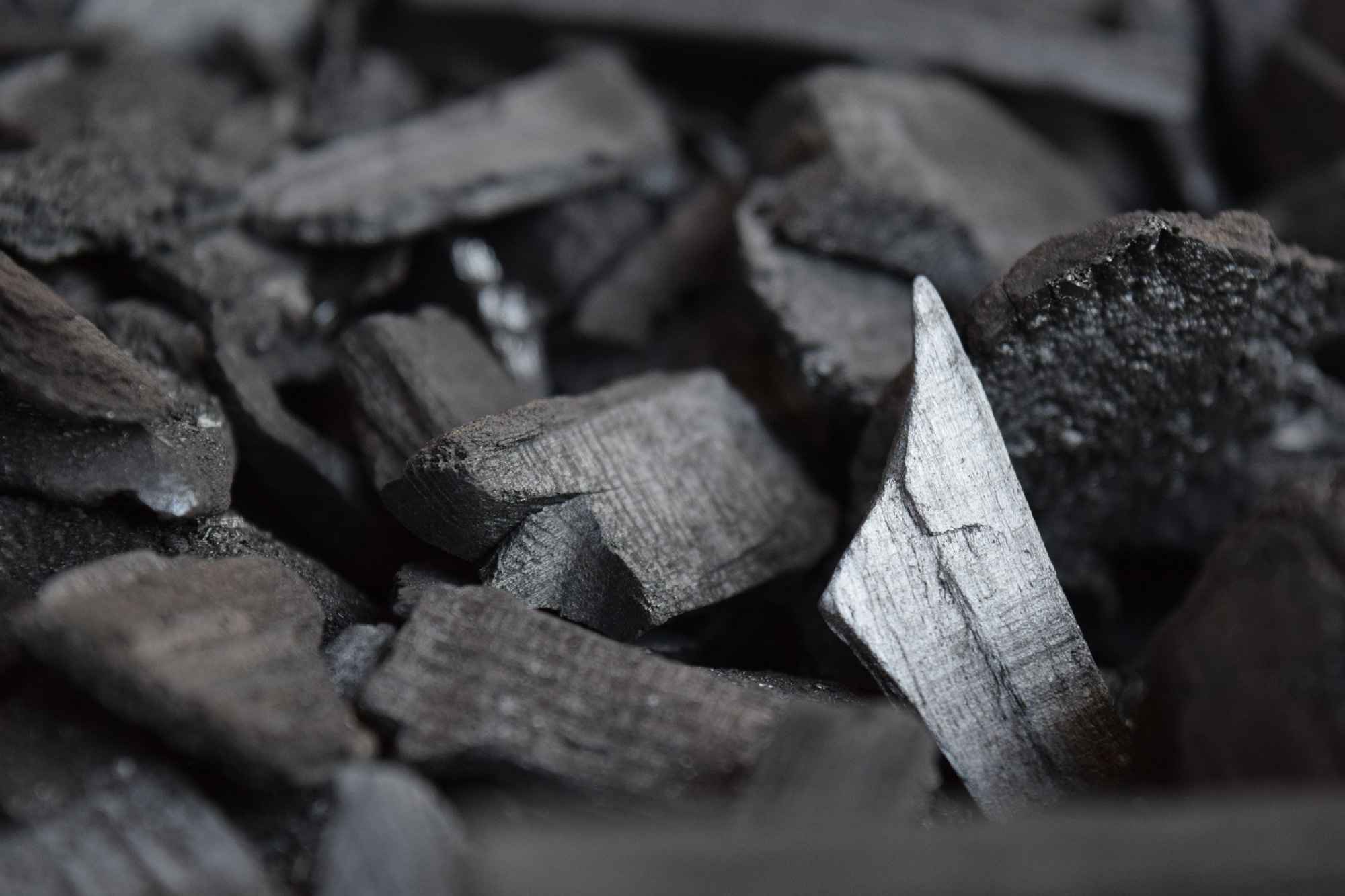In a recent study published in the journal Fire, researchers comprehensively investigated the impact of coal fires on soil quality in the Wugong coal fire area of Xinjiang, China. They aimed to assess the levels of heavy metal pollution and evaluate the ecological risks associated with coal-fired-induced soil contamination.

Image Credit: Ria Petrova/Shutterstock.com
Environmental Consequences of Persistent Coal Fires
Coal fires are a significant environmental concern, particularly in regions with intensive coal mining. They can persist for long periods, causing resource loss, releasing toxic gases (which leads to air pollution), and emitting heavy metals that alter soil structure. This process accelerates pollutant migration, reduces soil fertility, and contaminates groundwater, posing serious risks to ecosystems and human health.
These impacts are severe in Xinjiang, where coal mining is extensive. Previous studies have reported increased mercury (Hg), cadmium (Cd), and other heavy metals in soils near coal fire zones. However, investigations linking soil chemical properties to the distribution of heavy metals remain limited. This study addresses that gap by quantitatively evaluating pollution indices and ecological risks in the Wugong coalfield.
Methodology for Soil Sample Analysis
Researchers collected 41 surface soil samples at 0-20 cm from the Wugong coal fire area. Sampling locations were chosen from the fire center outward, and geographic coordinates were recorded using global positioning system (GPS) technology.
The study analyzed key soil parameters, including the potential of hydrogen ions (pH), total nitrogen (TN), soil organic carbon (SOC), available potassium (AK), and total phosphorus (TP). It also measured the presence of ions like calcium (Ca2+), sodium (Na+), magnesium (Mg2+), chloride (Cl—), sulfate (SO42-), bicarbonate (HCO3-), and carbonate (CO32-).
Heavy metal concentrations, including arsenic (As), chromium (Cr), mercury (Hg), cadmium (Cd), nickel (Ni), copper (Cu), zinc (Zn), and lead (Pb), were determined using microwave digestion followed by atomic absorption spectrophotometry. Analyses were performed using standardized soil monitoring protocols to ensure reliability and accuracy.
Several assessment methods were employed to evaluate contamination levels and ecological risks, including the single-factor pollution index (Pi), the Geo-accumulation index (Igeo), Nemero’s pollution index (Pn), and the ecological risk factor (Eri). The data was then analyzed using SPSS 21 software, while Origin 2024 software was used for visualization.
Key Findings on Heavy Metal Contamination
The study showed significant levels of heavy metal contamination in soils surrounding the Wugong coal fire area. Notably, Hg was identified as the most concerning pollutant, with an average Pi of 3.27, indicating severe pollution. Other metals, including Cd, Cr, Cu, Zn, and Ni, also demonstrated elevated concentrations, suggesting widespread contamination.
Ecological risk assessments demonstrated that Hg and Cd posed the most significant threats, with Eri values of 111.07 and 45.91, respectively. The overall environmental risk index (RI) was 184.98, indicating a moderate ecological risk in the study area. Spatial distribution analyses showed that the highest heavy metal concentrations were concentrated in the southwestern and central regions of the coal fire zone, highlighting the direct impact of coal combustion.
In addition to heavy metal contamination, the thermal effects of coal fires significantly altered soil properties such as pH and organic carbon content. Elevated temperatures from coal combustion accelerated organic matter decomposition and disrupted nutrient cycling, leading to reduced soil fertility. These changes threaten the region's agricultural productivity, ecosystem health, and human safety.
Applications for Environmental Management and Policy
This research has significant implications for environmental management and remediation in coal fire-affected regions. Identifying key heavy metal pollutants and their spatial distribution provides a foundation for targeted interventions to restore soil health and prevent further ecological degradation. The findings highlight the importance of integrating environmental risk assessments into mining practices and policy development.
Conclusions and Recommendations for Future Research
This study highlights the critical environmental challenges of coal fires, particularly concerning soil contamination and ecological risks in the Wugong coal fire area. The findings indicate a significant accumulation of heavy metals, emphasizing the need for comprehensive environmental assessments and effective remediation strategies.
Future work should focus on long-term monitoring of soil health, deeper soil profiling, and developing new remediation technologies to mitigate the impacts of heavy metal contamination. Evaluating the effectiveness of policies to reduce coal fire hazards and restore ecosystems will be essential for sustainable management.
As coal fires threaten ecosystems and human health, integrating ecological risk assessments into mining practices and promoting sustainable remediation strategies is crucial for protecting soil quality and ecological integrity. Overall, this research provides key insights into the environmental impacts of coal fires and can inform policy-making and practical interventions to ensure sustainable land management in mining areas.
Journal Reference
Hao, R., et al. (2025). Investigation of the Impact of Coal Fires on Soil: A Case Study of the Wugong Coal Fire Area, Xinjiang, China. Fire, 8(10), 385. DOI: 10.3390/fire8100385, https://www.mdpi.com/2571-6255/8/10/385
Disclaimer: The views expressed here are those of the author expressed in their private capacity and do not necessarily represent the views of AZoM.com Limited T/A AZoNetwork the owner and operator of this website. This disclaimer forms part of the Terms and conditions of use of this website.